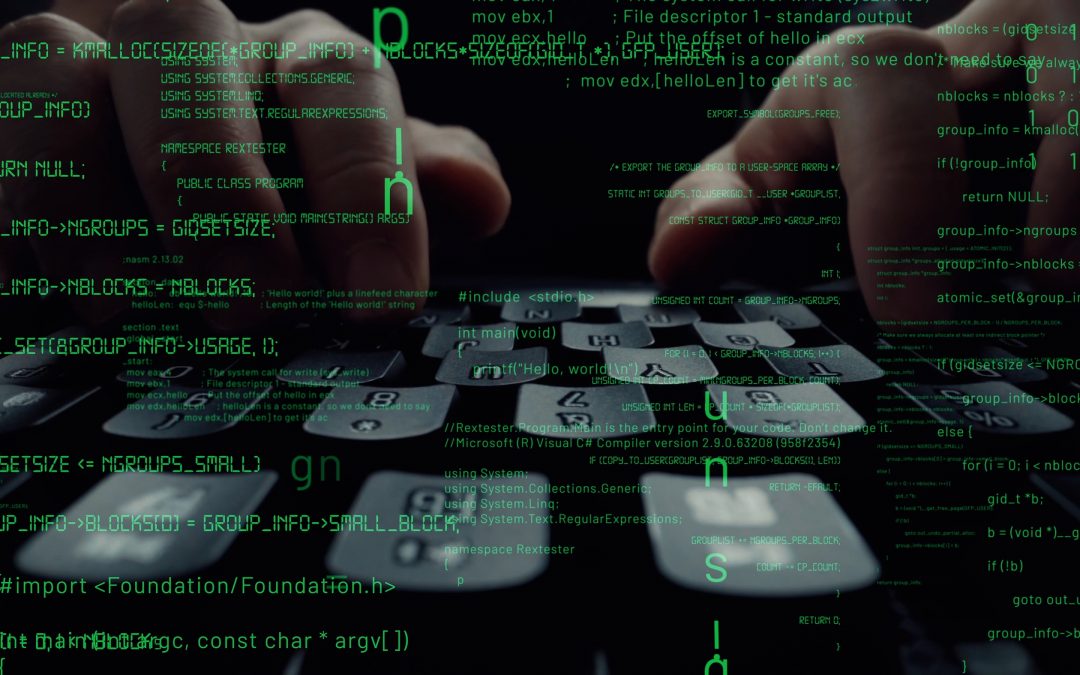In a survey of companies in 45 different countries, Singapore came in #12 for most-monitored employees (China was number one). Employee productivity software has skyrocketed since the beginning of the pandemic, as businesses have had to adjust to their employees working from home. When someone is in the office, it’s easier to immediately see whether they look to be busy or doing something else (like scrolling social media on their phone). But when employees are all working from home, there’s a lack of visibility into how they may be spending their day.
This has caused organizations to turn to cloud solutions for monitoring productivity and tracking device activities. These apps are collectively referred to as “bossware,” and can be both helpful and highly intrusive. Some forms of bossware provide a high-level view of application use and offer workflow tips to improve productivity. While others are more like spyware, with the ability to track keystrokes and even remotely access a microphone and video camera. Here are some tips on how you can responsibly use employee productivity monitoring software without triggering privacy concerns.
Be Transparent With Employees About What’s Being Tracked
It’s important to always be transparent with employees about any type of task or productivity monitoring being used on their devices or in apps they are using. While there are plenty of tracking options out there that can track all types of activities (keylogging, desktop screenshots, etc.) without the PC user being aware of it, this leaves a business open to privacy issues. It’s also not a positive foundation for an employer/employee relationship.
Track Using Aggregate Productivity Software Where Possible
There are several productivity monitoring tools that are less invasive because they track all your employees in aggregate. Rather than providing reporting on how individuals are using business applications, the reporting displays the entire staff as a whole. One such tool is Microsoft Viva Insights and another is Microsoft Productivity Score. These both capture helpful data on employees without being quite as personally invasive as other tools. You see how your team is doing and can identify areas of improvement for everyone.
Ensure Monitoring Software Is Only Activated During Business Hours
If you are using device monitoring software, such as tools that take desktop screenshots to ensure someone is working when they should, use it only during business hours. Ensure that the tracking software is turned off during non-work hours, so no private employee activities are captured, which could cause privacy complaints.
Use App-specific Tracking, Rather Than General Device Tracking
Device activity tracking can be dangerous when it comes to privacy. For example, you may accidentally capture a private video call between an employee and their spouse. Or you could log inputs when they’re checking their bank account. It’s best to use app-specific tracking instead, where someone’s productivity is tracked only when in specific work applications. This helps keep the “business” and “personal” sides of a remote employee’s computer use private while giving you important insights into their workflow. Approximately 70% of Singapore workers use their personal devices to do their jobs.
Don’t Only Use Monitoring as Punitive
“Bossware” has a negative connotation with many employees because they see it as a punitive measure. They feel like they’re not trusted, and one visit to a non-work-related website (like Facebook) could get them reprimanded. When introducing employee productivity-enhancing tools, don’t only focus on the ability to catch people that aren’t working as hard as you think they should. Include a reward component where employees that show optimized workflows are rewarded. You can even ask that they share some of their work habits with their colleagues as a way to lift them up and have everyone benefit from their tips.
Understand People Are Human, Not Machines
When tracking productivity, you don’t want to jump at every alert that an employee might not be as productive today as they were yesterday. People are not machines, and they will have bad days. What you want to look at are trends. Such as a drop in productivity that does not show signs of improvement, in which case you would want to address what caused that reduction.
Watch for Signs of Monitoring Causing Decreased Productivity
Speaking of things that can cause reductions in productivity, if you use too invasive a tracking system, it could cause the opposite of what you want to achieve. If employees feel more stressed out because their desktop is being monitored all day, it can cause them to overwork themselves, which is proven to result in worse productivity. Once you introduce any type of productivity monitoring, watch for any signs that it is causing a negative impact on your staff.
Improve Your Company’s Use of Cloud-based Business Apps
Managed IT Asia can help your Singapore business navigate productivity monitoring to make it efficient and helpful without being invasive. Contact us today to schedule your free consultation. Call +65 6748 8776 or reach us online.
MANAGED IT ASIA, we are an IT Support, IT Solutioning and Managed IT Service Provider specializing in serving Small Businesses across Asia. Call us at +65 6748 8776 and let us manage your Small Business IT today!
